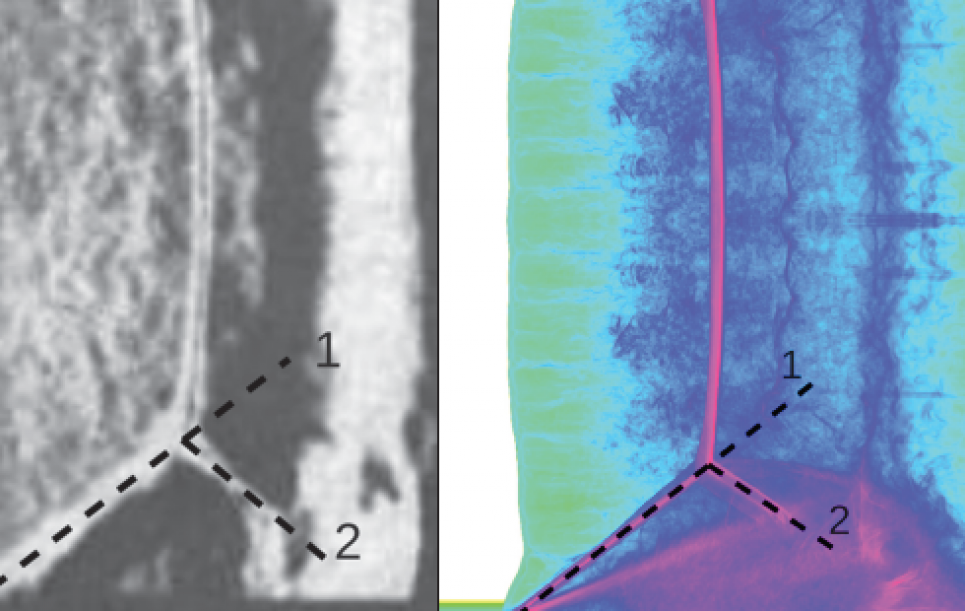
Controlling Oscillations in High-Order Accurate Methods Through Neural Networks
While high-order methods have proven themselves to be powerful computational methods, capable of accurately solving a variety of PDE's, the combination of high-order accuracy and discontinuous solutions remain a significant challenge. Traditional methods such as TVB limiting or artificial viscosity methods have several disadvantages, e.g., a need to specify one or several parameters or the complexity of the methods to avoid over-dissipation.
In this talk we discuss recent developments in which an artificial neural network is used as a troubled cell indicator in limiter based methods or to estimate the nonlinear viscosity in artificial viscosity methods. The neural network is trained independently and is therefore not problem dependent.
These methods are general and allow the efficient control of oscillations in high-order methods, including discontinuous Galerkin methods, spectral methods and reduced order methods.
Extensive computational results in one- and two-dimensions shall demonstrate the efficiency of these techniques which, as we shall likewise demonstrate, are often both superior and faster than traditional techniques.
Please use this link to attend the virtual seminar: